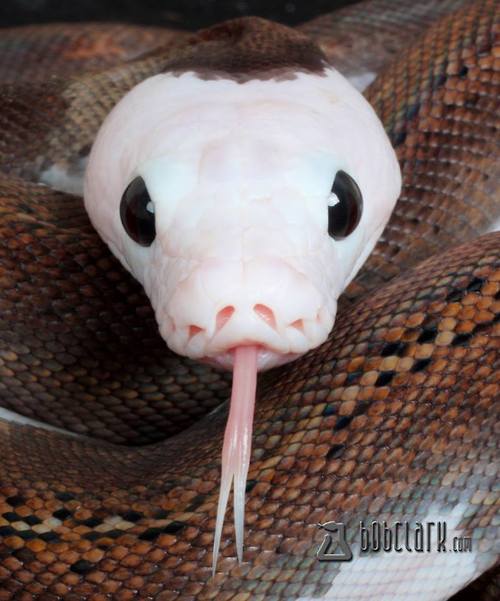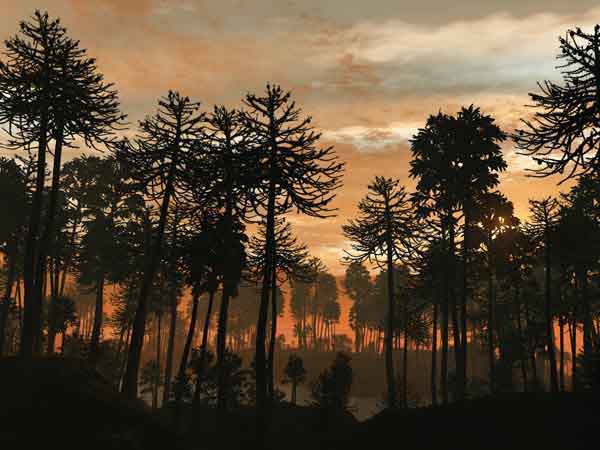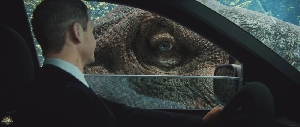Mosasaur find reveals inner workings of an ecosystem
Dinosaurs Forum Topic

Carnosaur
MemberCompsognathusAug 6, 20141887 Views8 RepliesNot exactly a dinosaur, but i thought i'd share it with y'all.
A beautiful Mosasaurus missouriensis specimen measuring 8 feet long was found in 2008 by Korite International Lethbridge, Alberta. This fine provides the first evidence of what this type of mosasaur looked like, what it ate, how it co-existed with other predatory mosasaurs, and how it behaved.
The specimen, now on display at the Royal Tyrrell Museum, preserves the remains of its last meal—a one-metre-long fish. The fish braincase shows a puncture wound, the same size and shape of the mosasaur’s tooth, indicating this animal used its sharp teeth to dismember fish larger than its head, rather than swallowing its prey whole. The preserved gut contents also indicate that Mosasaurus, with its narrow head and slender jaws filled with steak knife like teeth suggesting this species preferred soft prey rather then the armored. Perhaps this benefits the ecosystem at that time for M. Missouriensis' diet contrasted in food habits with the other aquatic predator of the time, Prognathodon, a thirty foot long mosasaur with a specialized skull and blunt dentary, the latter mosasaur consumed hard bodied prey( ammonites, turtles, crustaceans), allowing the two predators to coexist in the same ecosystem. There is little doubt prey consumption would interlap between the two species, but this most likely did not result in conflict a majority of the time.
Remarkably, due to rapid burial after death, this specimen preserves the rare fossilization of soft tissue—an intact trachea and a good portion of the sternum. This is the first time that soft tissue has been found in any species of mosasaur. This find give sof great incite to the marine fauna of that age, and an unprecidented look on how two predatory species would have peacefully coexisted due to dietary preferences.

Nature doesn't deceive us; it is we who deceive ourselves.
Replies to Mosasaur find reveals inner workings of an ecosystem
Hey Guest, want to add your say?
Are you an avid Jurassic World fan looking for a dedicated online community of likeminded fans? Look no further! Create your own profile today and take part in our forums and gain XP points for all the content you post!
















